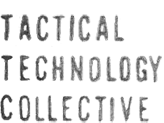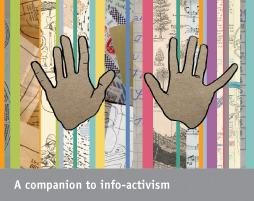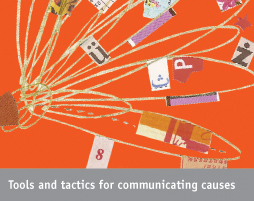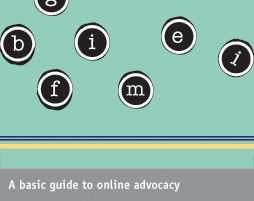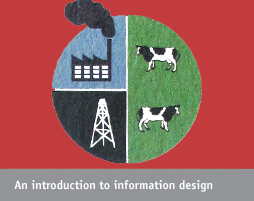"Sobering but awesome"
Products of Slavery, the infographic website produced by our own Tactical Studios project, was picked up by the excellent Infosthetics blog and it's had some great coverage as a result. Influential publications like the US-based Good Magazine and Germany's Die Zeit have featured it on their blogs and many independent bloggers have been writing about it as a visualisation example. This kind of coverage helps our client for this production - the non-governmental organisation Anti-Slavery International - bring attention to the issue of modern slavery in the supply chains of goods and products around the world.
Consumer and human rights activists, designers and teachers have made some positive comments about the infographic website's message, data and information design. Tweeting and writing on Fast Company's Co.Design Blog, Cliff Kuang called it, "Sobering but awesome" and said that the range of individually-referenced facts documenting 122 products in 58 countries was the website's "smoking gun", truly underlining the existence of modern slavery . Amanda Kloer, writing on Change.org's human trafficking pages, said the website is a "tech-nerd abolitionist's fantasy" and encouarged her readers to take action by changing their shopping habits. Our work also recieved a lovely compliment from Mary Williams on her blog:
"Here is a site that will take your breath away, both by how the elegant simplicity and combination of elements creates impactful learning, and by the powerful data it brings to life."
Getting feedback like this helps us see better how data visulisation and information design can help people understand and ease into a difficult, complex issue. Some writers have also asked questions about the data at the root of the visualisation. Anees Uddin, commenting at Infosthetics, suggested that comparing the number of products that are produced by children and forced labourers with general industrial production data would give a more accurate sense of the extent to which slavery is institutionalised in a country. We also received feedback by email from people who wanted to see data about the social conditions labourers work under in Northern Europe and the United States included in the infographic. Others wanted to see data about the number of children working in each country in the visualisation. Though this data may not be as accessible as the data from the U.S. Department of labour that we did use (which is in Google spreadsheets now), this gives us some great ideas about how to improve and develop this visualisation in the future.
We're hoping for more of the same sort of useful feedback about Products of Slavery, as well as ideas for new collaborations so read a bit more about our Tactical Studios project here, and get in touch with us at tacticalstudios@tacticaltech.org.
